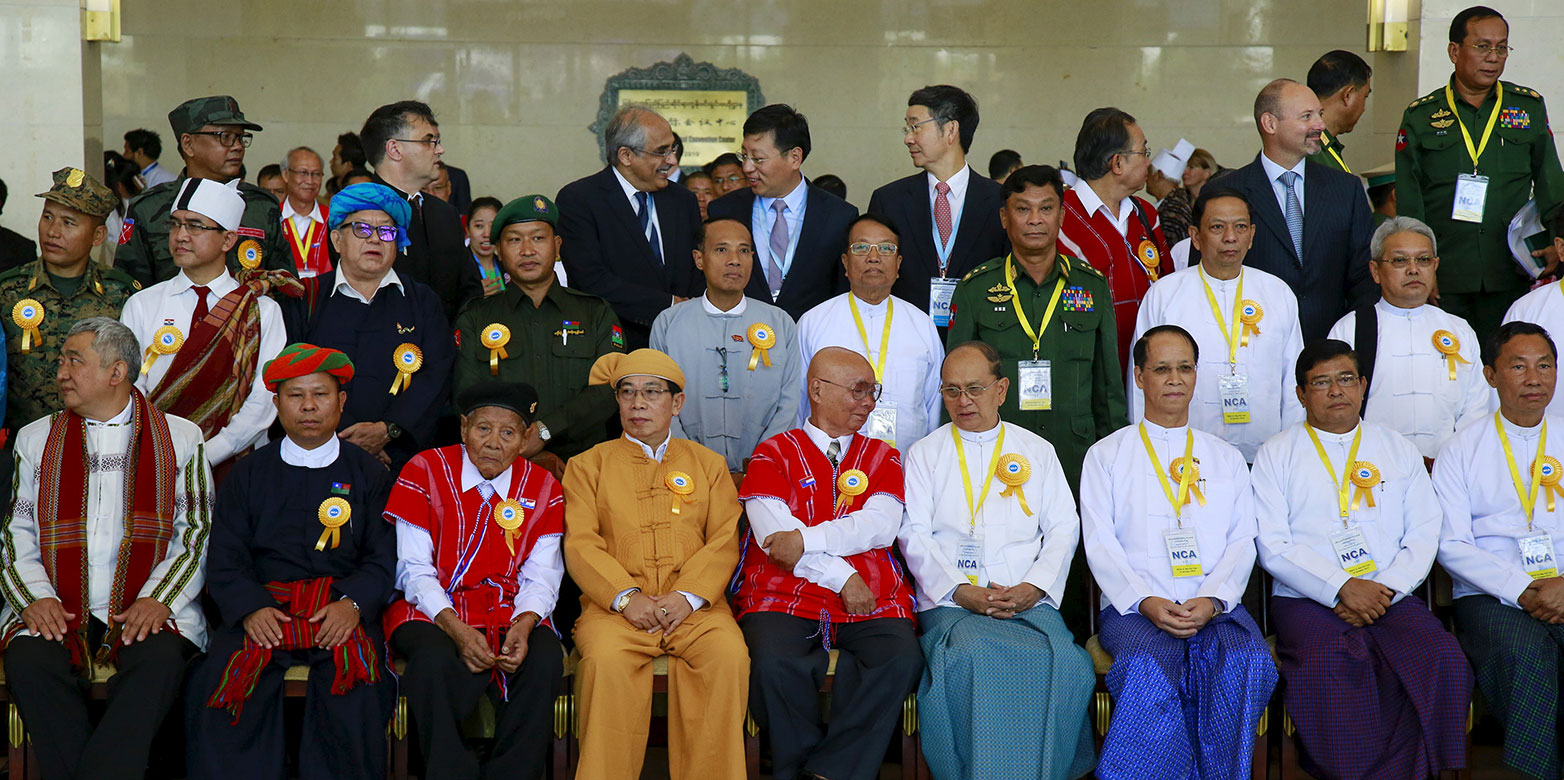Ceasefires in Intra-state Peace Processes
Ceasefires are one instrument frequently used to try and stop violence. To improve the effectiveness of ceasefires in advancing peace, concerted efforts by mediators, policymakers and researchers are needed to better understand the way they interact with the political decisions made in peace processes, argue Govinda Clayton, Simon J. A. Mason, Valerie Sticher and Claudia Wiehler in this new CSS Analysis.

This article is based on a cooperation between researchers and practitioners who have been working on ceasefire mediation. We gratefully acknowledge the collaboration with, and contributions of, Julian Th. Hottinger and Georg Stein from the Swiss Federal Department of Foreign Affairs (FDFA).
Ceasefires are a feature of both international and intra-state armed conflicts. They can take different forms and have different purposes. As a result, the use of the term “ceasefire” in the general media is underspecified and covers very different phenomena, varying from very loose, informal and unilateral arrangements to more formal, bi- or multilateral agreements to stop the fighting.
Read more
